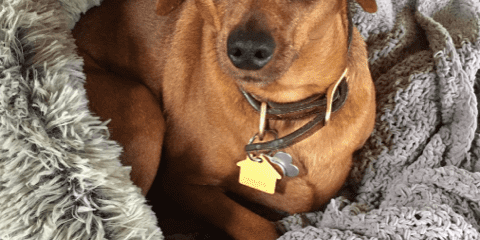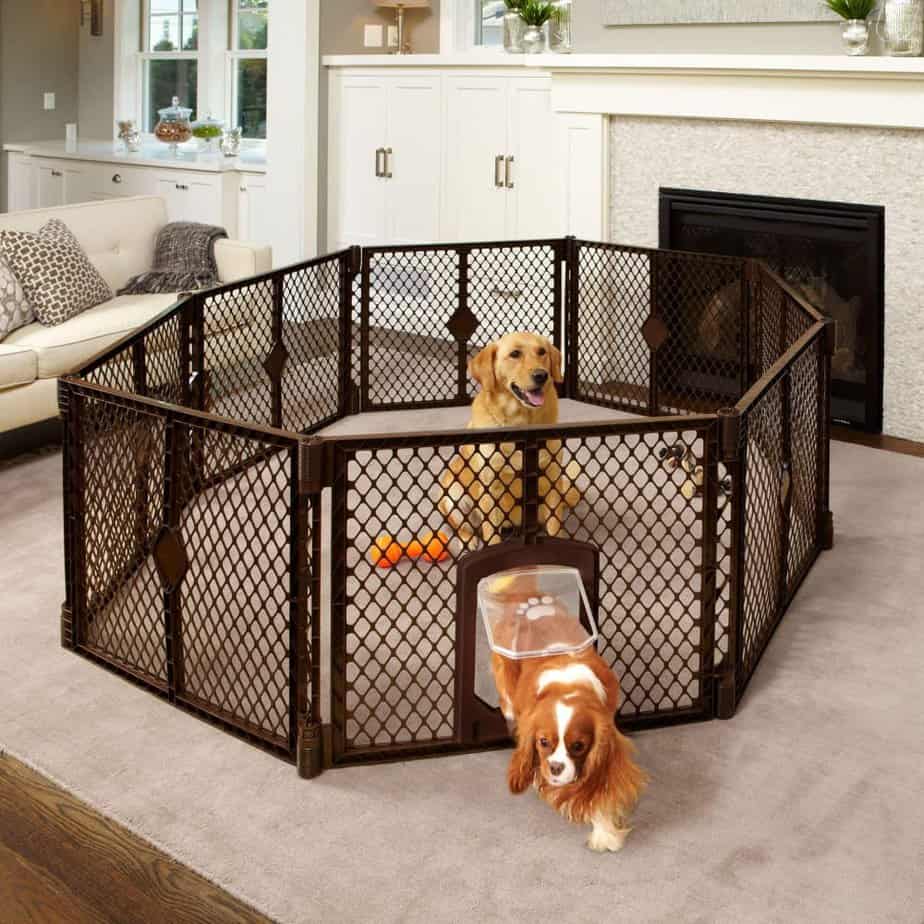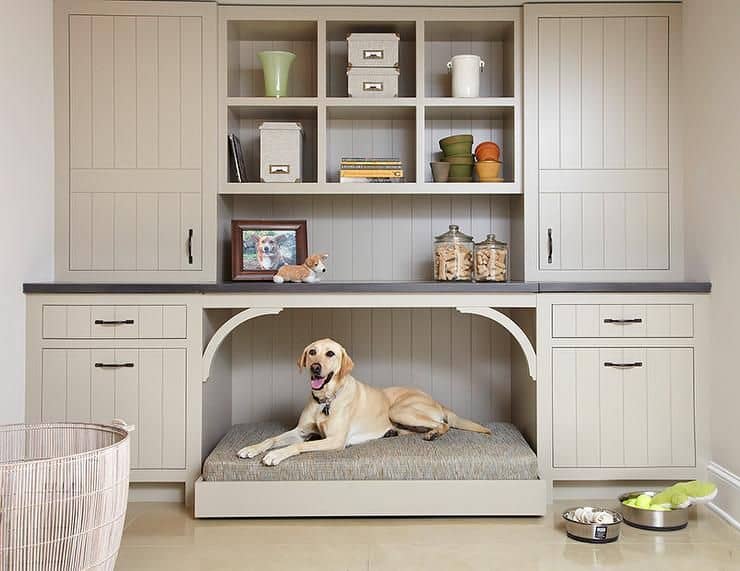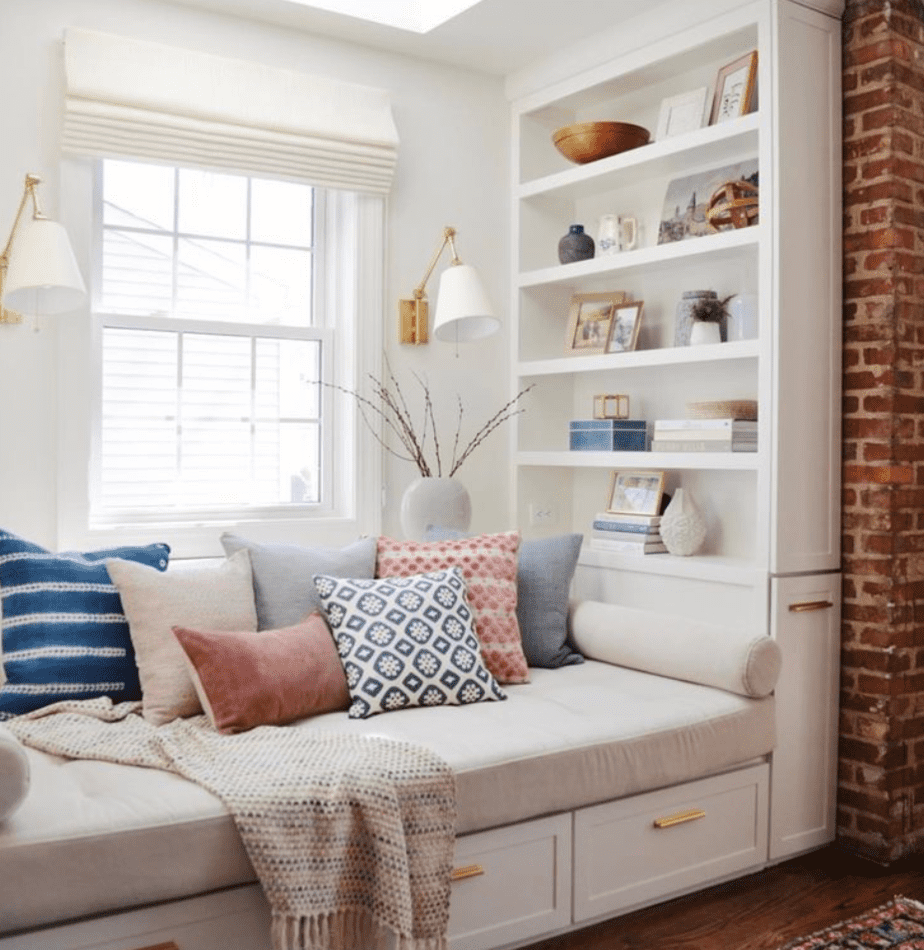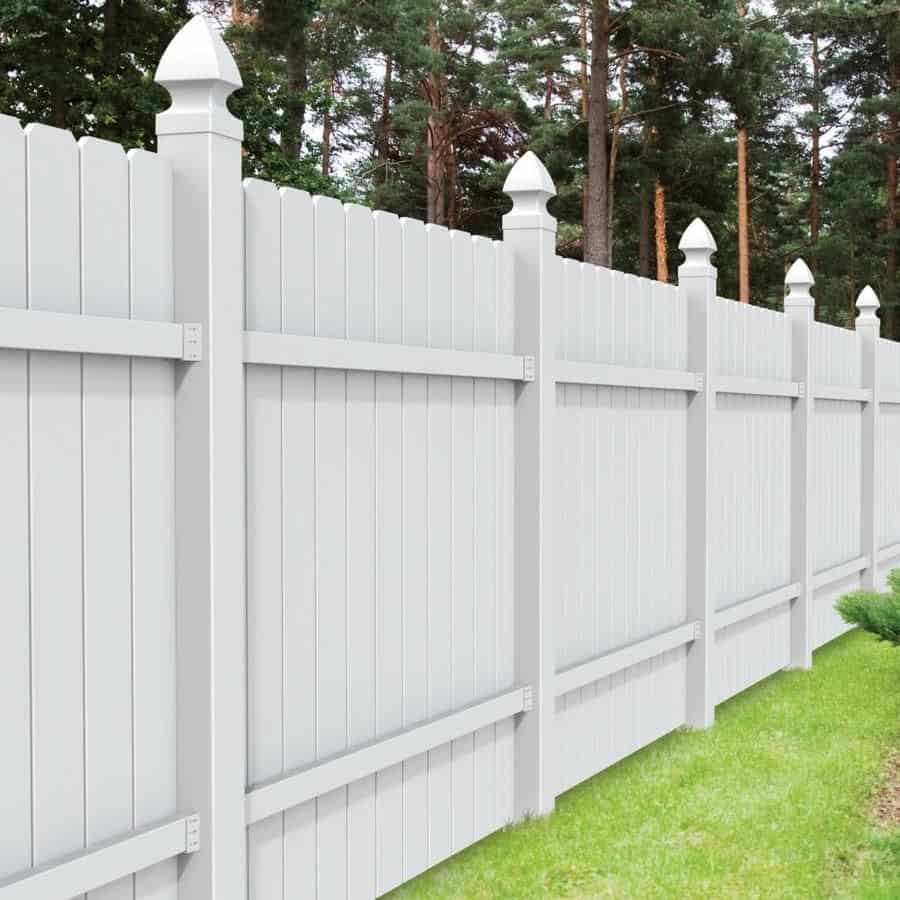 The house must have seemed too clean or quiet, so we got another dog. We already have one dog, a Miniature Pinscher, also known as a Min Pin; at seven, she is well-behaved and neat as a cat, not barky, and never chews things up. Not once in seven years has she ever soiled the carpet.
The house must have seemed too clean or quiet, so we got another dog. We already have one dog, a Miniature Pinscher, also known as a Min Pin; at seven, she is well-behaved and neat as a cat, not barky, and never chews things up. Not once in seven years has she ever soiled the carpet.
Unfortunately, in the past year, she went from being a lithe, lively spirit who enjoyed taking long walks to a prematurely aged couch potato who preferred to nap all day and snack on cheese and crackers. First, she gained weight, and then she became stiff. I decided she needed another dog and began combing my local shelter’s website for likely candidates. After a six-month-long search, I found the right one.
 She’s an eight-year-old dachshund whose owner died, and the owner’s son didn’t want her. I thought she was the right age and used to living in a home, and since she was the same shade of dark auburn as my other dog, I thought they would look cute posing together on my Instagram account.
She’s an eight-year-old dachshund whose owner died, and the owner’s son didn’t want her. I thought she was the right age and used to living in a home, and since she was the same shade of dark auburn as my other dog, I thought they would look cute posing together on my Instagram account.
Our local shelter, which usually moves forward with adoption after a successful meet and greets followed up with a home visit, waived the home visit. Within a half hour of our meeting, Trixie was going home. Our home, which since this all happened quickly, wasn’t exactly set up for a brand-new rescue dog. Two basic rules anyone should follow when first adopting a pet instantly came to mind.
First, the animal should have a separate room or baby-gated area where it can observe everything happening in the household while not being immediately thrown into the mix. Additionally, there should be a crate or secure playpen well stocked with toys, chews, and plenty of comfortable bedding, so the newcomer immediately gets the idea it has a place to call its own. I threw those two excellent rules out the window and crossed my fingers that it would all work out. If you have more time to prepare, here are three more ways to prepare your home for a new furry family member.
1. Storage
Dogs, like humans, accumulate stuff. They have leashes, collars, sweaters for cold weather, and rain jackets. Many dogs have boots to protect their feet from salted walkways in icy weather. They have dog beds, dishes, and gear to keep them safely restrained in the car. Some dogs have specialized tools for agility and training. A friend who fosters dogs with disabilities has a portion of her garage rearranged. This area shows the PT equipment she uses to build up her foster dogs’ back ends and cores.
Dogs who share their owner’s enthusiasm for the great outdoors have their hiking gear and flotation vests for riding in a canoe or kayak. Dogs who camp are outfitted with specialized vests to carry their food and equipment. There’s got to be a place to stow all this stuff, where a HomeSquare professional can lend their expertise. They can design, build, and install shelving and cabinetry and transform entire areas (think about a portion of your garage) devoted to all things canine.
2. Decor 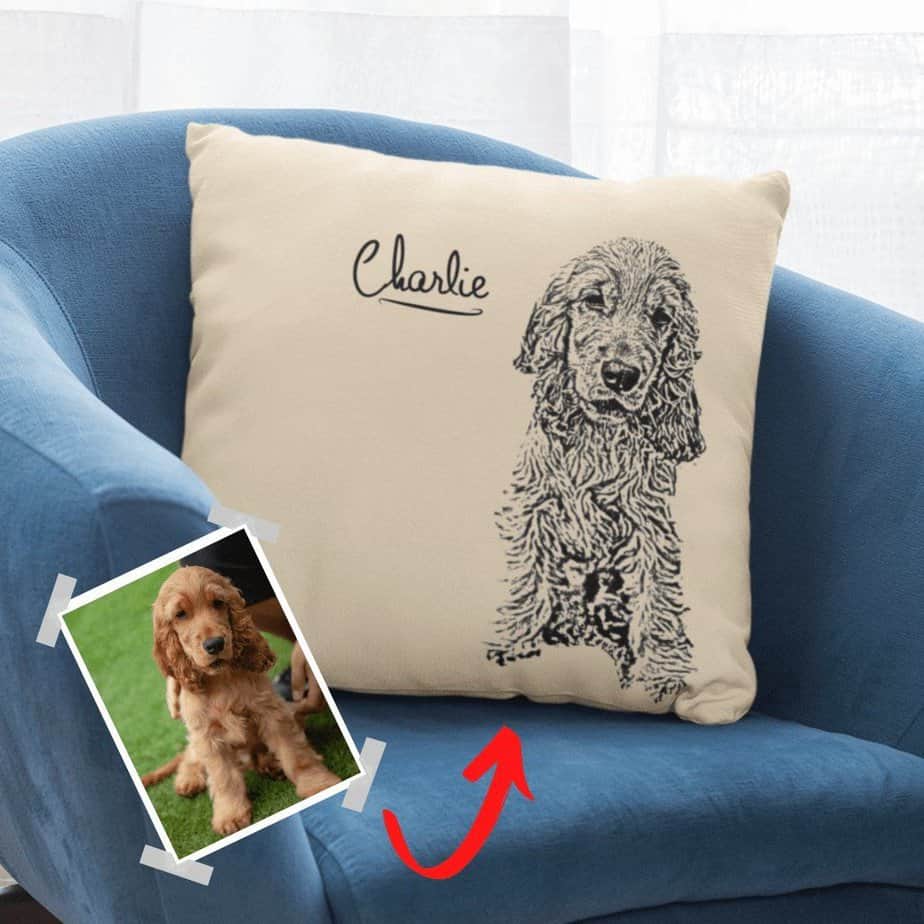
Once upon a time, my husband was a screenwriter working on a script featuring Bruce and Laura Dern. The movie never got made, but Bruce Dern called our house one night while the script was being written. My husband wasn’t home, but Bruce was feeling chatty. I don’t know what prompted our conversation about his Malibu beachfront home. I remember he relayed between the pets and the powerful surf and high tide conditions regularly leading to various levels of mess in his home. He gave up on fine carpets and antiques and learned to love less precious furnishings he wouldn’t cry over should they be damaged or destroyed. This is excellent advice. If your furnishings are priceless, don’t have pets. Instead, get pillows with images of your pet printed on them.
Our rescue dachshund is a comfort fiend. The breed are known burrowers and lovers of soft surroundings. This dog spends hours of her day on a heavily pillow-laden daybed. In an idealized world, I’d hire a HomeSquare master carpenter to design and build me a cozy nook for that daybed or maybe a fantastic window seat. I’d ask him to classy it up with built-in bookcases, recessed lighting, and many pillows. In our home, we already have a lot of pillows, augmented with several poufs.
3. Access
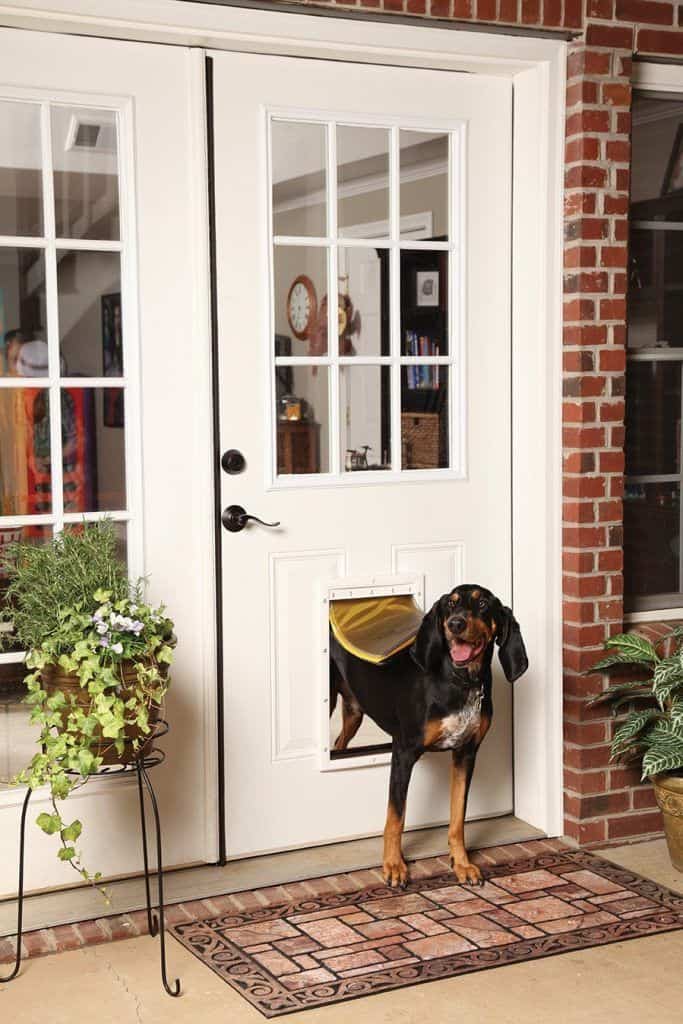 An essential thing to consider when living with dogs is how they go in and out of the house. Most homeowners love a situation where the dog can monitor itself. This means a doggie door. They come in all sizes and configurations; your HomeSquare professional can install one into a door that opens to your fenced-in yard or electronically contained area.
An essential thing to consider when living with dogs is how they go in and out of the house. Most homeowners love a situation where the dog can monitor itself. This means a doggie door. They come in all sizes and configurations; your HomeSquare professional can install one into a door that opens to your fenced-in yard or electronically contained area.
Speaking of fences, it’s essential to have secure ones. Electric fences are great, but they don’t work for every breed, and you must keep up with the battery replacement. These fences also work to keep your pet inside the fence but won’t prevent other animals, including aggressive dogs, from coming onto your property. A secure fence, whether wood or chain link, is not just best for your dog’s safety but also makes for good neighbors. Nobody likes a loose dog coming onto their property.
Discuss with your HomeSquare pro installing fencing and a secure gate. Don’t hesitate to go beyond the utilitarian. Fencing can also be a strong design statement for your property and home.
My hunch our new dog would fit right in was correct. She instantly bonded with the Min Pin, who eagerly showed her the ropes. It took less than a day for the new one to learn what doors to go in and out. She explored and marked her preferred toileting areas in our fully fenced-in yard. All that’s left is learning to love her best because that’s all we want for our dogs.
Eve Marx
Eve Marx is a national journalist and book author. Follow her reflections on home design and interior style on Instagram at the hashtag #funkybeachhouseseasideror.
